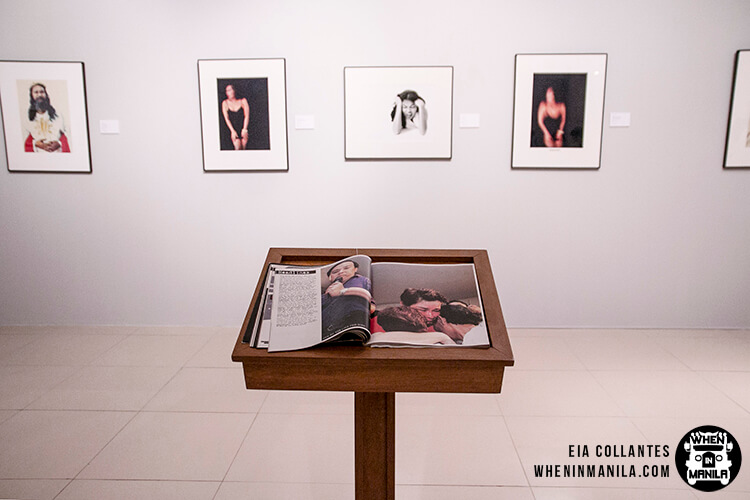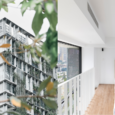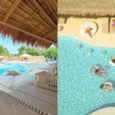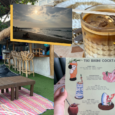Commuting to and from Manila at night has always been ceremonial for me. I look out of the vehicle’s window as it moves and I marvel at how lovely it is despite its imperfections. Most of the time, I also catch myself thinking how better the city is than its state at daylight. The sight of nearly empty streets and uncluttered building façades seem prettier than their busy, crowded view when the sun is out. It’s like a scene captured in a postcard; no photo bombers in sight.
But on the other hand, I also realize that Manila’s inhabitants actually contribute to this city’s charm. Overcrowding remains a serious concern here, yet we can’t deny that these people, breathing in Manila air and moving within the usually limited spaces while trying to survive another day, are also part of the bigger picture. And it may be too foolish to call the Manila we have today by its name without taking them into consideration.
IN PHOTOS: This Guy Tries to Find Himself but Finds the Beauty of Quiapo Instead
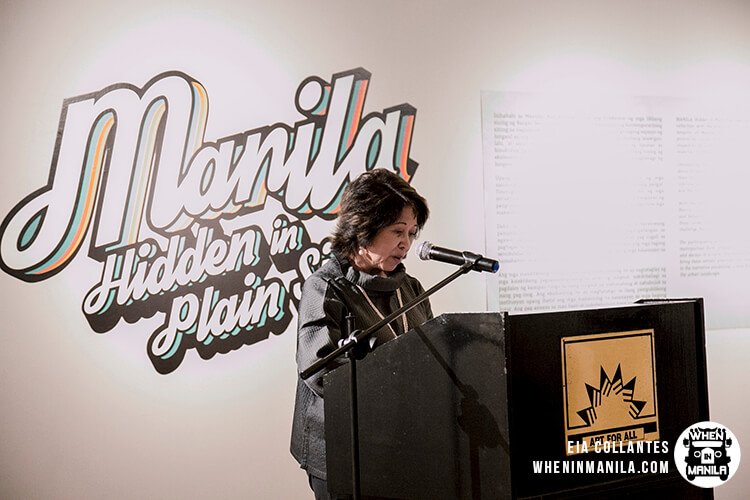
I became more open to this idea when I attended the reception of Manila: Hidden in Plain Sight at the Metropolitan Museum of Manila last July 27. The said exhibition gathered works of contemporary artists, such as Manix Abrera, Tad Ermitaño, Dina Gadia, Cocoy Lumbao, Leeroy New, Issay Rodriguez, Denise Weldon, and MM Yu. These artists have explored different media, including video, photography, sculpture, print, and collage.
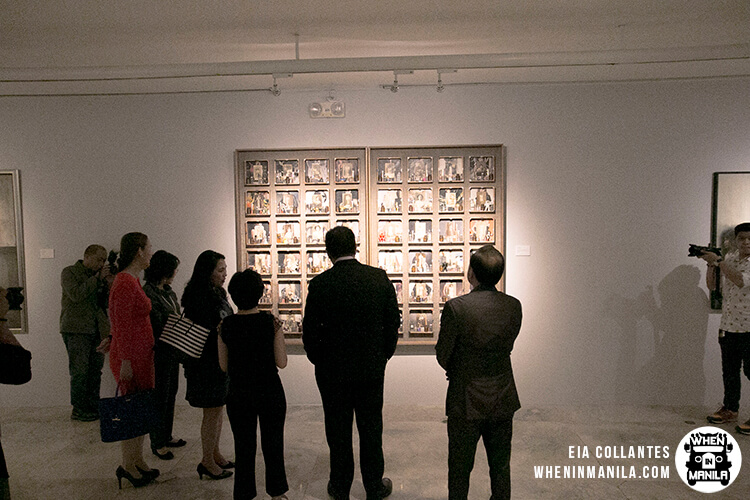
“The participating artists for this exhibition possess collective reflections of the metropolitan form, engaging in a stream of thought towards a city that grows and decays in a cycle,” reads a part of the exhibition text. “This exhibition format will travel to public institutions to bring artistic practices into newer spaces. Inviting new and younger voices in the narrative establishes a new fold of response in recounting the memories on the urban landscape.”
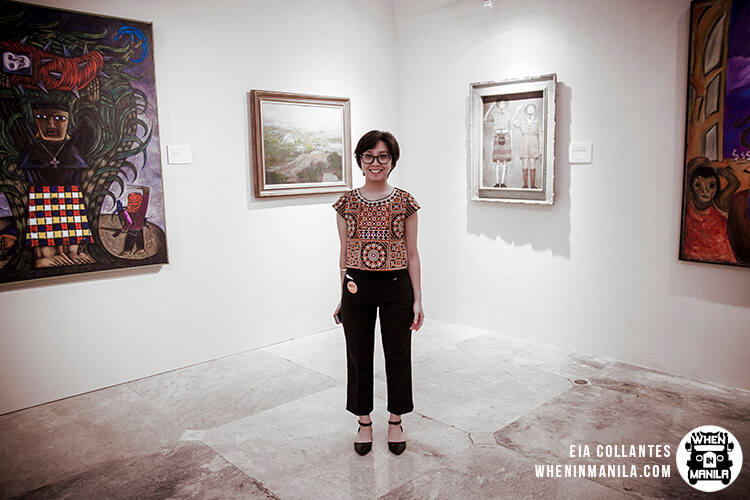
According to Mercedes Tolentino, the exhibition curator, this decision to bring selected pieces to schools around Manila has been fueled by their desire to give back to the community and engage more people in a meaningful dialogue. After all, Manila’s story has been greatly affected by the movements of its inhabitants.
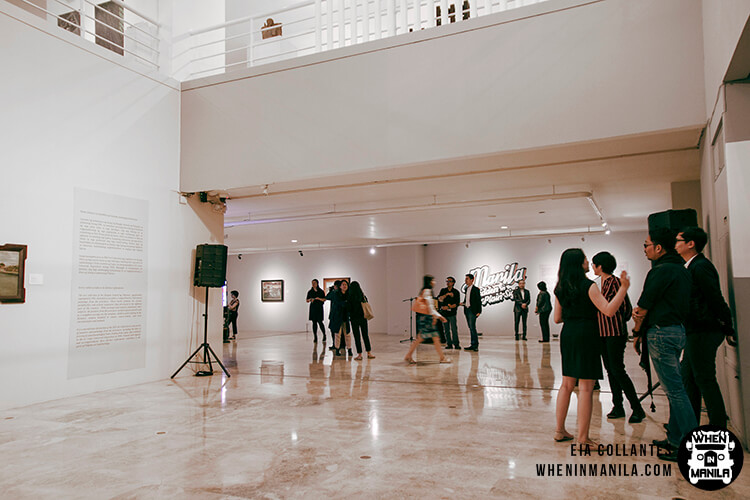
“The idea is to engage the public and their social memory of Manila using the urban landscape around them. Because the people of Manila, it’s very funny, we are also, in hand, subjective to the environment but the environment itself is also subjective to the people of Manila. The structures are either built around us or over us. That’s why we have all these horizontal flows, the elevation of structures that are very significant in how the landscape is being developed.”
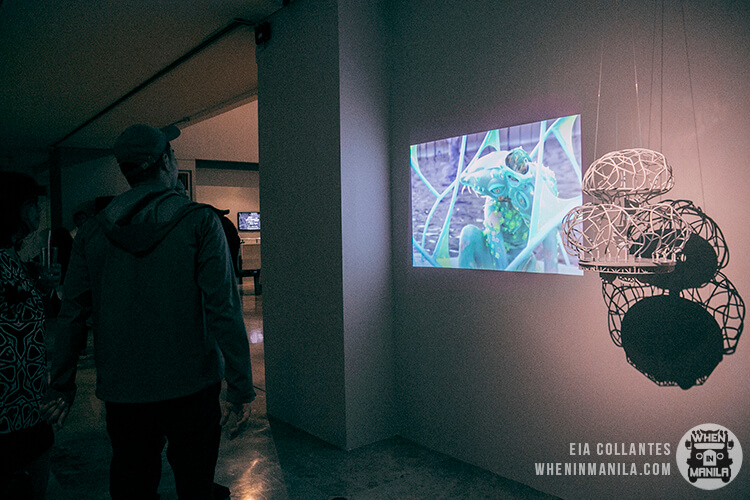
These were evident in the art works featured in Manila: Hidden in Plain Sight. They were able to capture how dynamic the city’s life has been, particularly in relation to the individuals residing, studying, working, touring, and passing by the city. All of them are part of the picture, regardless of economic status.
Graffiti under the bridges, different art forms that emerge near the Pasig River, and other brave attempts at creating beauty in contrast to the sometimes harsh environment of the city were put under the spotlight in the same exhibition. Elevated and unconventional architectural structures found in the city were also captured in powerful art works.
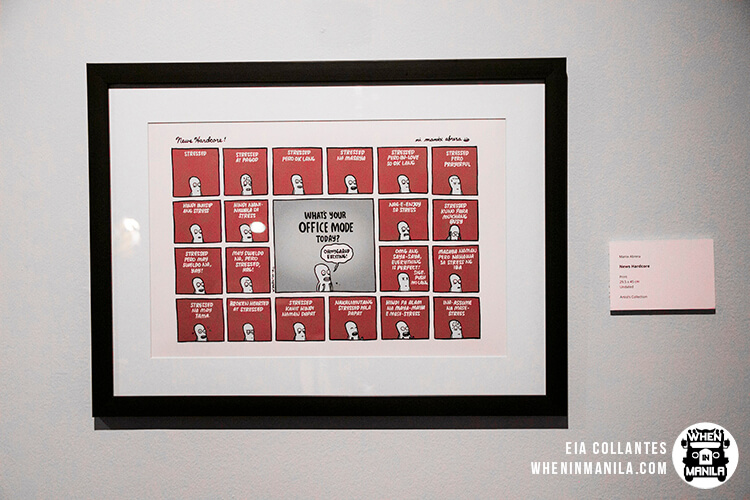
No wonder, later that night, I realized that the part of Manila that’s been hidden in plain sight might not have been hidden all along; I might have just been too foolish to ignore them and nostalgia was probably to blame. Deep within me, I still longed for the less-crowded Manila that I used to know.
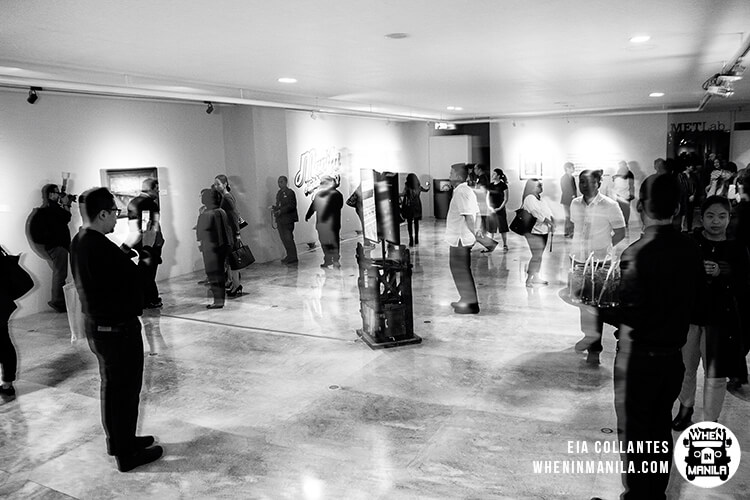
Then, eventually, I have started to accept that this city keeps on changing. This would not mean romanticizing overcrowding and all the other issues that come with it, though. It would just be a matter of being in touch with the reality and respecting all forms of lives entangled with Manila’s narrative.
*
Manila: Hidden in Plain Sight is organized with the support of the National Commission for Culture and the Arts (NCCA) and the Association of Southeast Asian Nations (ASEAN). It will run until August 26, 2017. Selected pieces from the exhibition will be taken to three public institutions around Manila, such as the Polytechnic University of the Philippines Main Campus and Universidad de Manila in September, and then to Manila High School in October.
Photos by Eia Collantes, video by Paolo Fernandez
Metropolitan Museum of Manila
Bangko Sentral ng Pilipinas Complex, Roxas Blvd., Malate, Manila 1004Phone: +(632) 708 7828-29
E-mail: info@metmuseum.ph
Website: www.metmuseum.ph
Facebook: @metmanila
Instagram: @metmuseummanila
Museum Hours: Monday to Saturday, 10:00 am – 5:30 pm
Admission: Php100 (Adults & Students) and Php80 (Seniors & Differently Abled)

